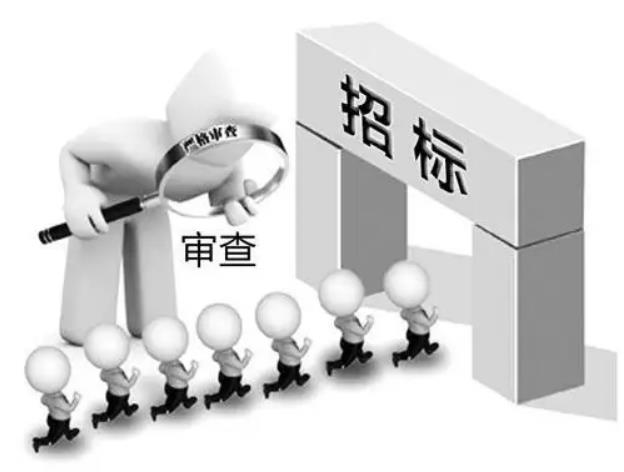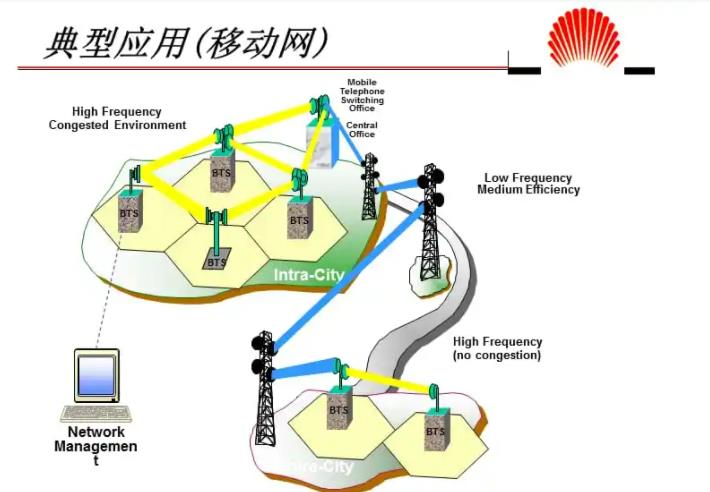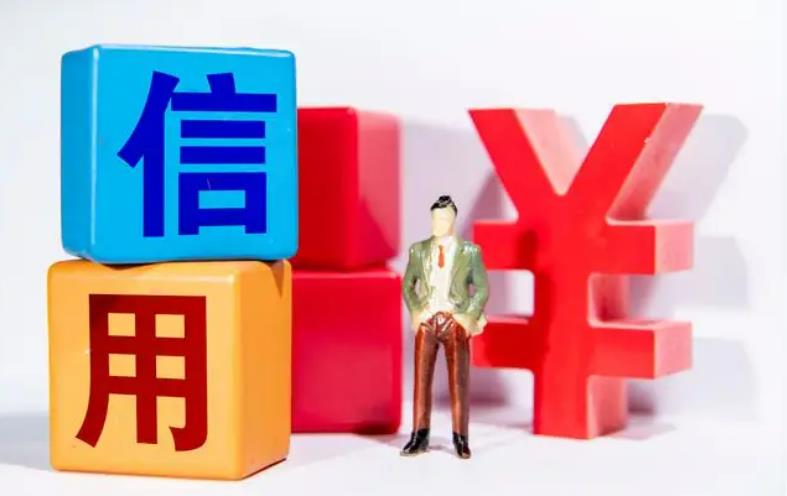(3)与纯粹救济政策的比较
公共工程费用比纯粹救贫费用当然要多数倍,在财政不甚充裕的国家不易做到,然假使能够做到,则其利益很大。凯衍斯估计英国情形,说,由一人得到职业,可以引起第二人得到一部分职业,第二人可以引起第三人得到更小一部分的职业。如此辗转相引,可使两人养活一人。政府因借债200镑维持工程人员一人一年的生活,不啻维持一个半人的生活,结果,每人的维持费不过133镑。为稳妥起见,不妨估计为150镑。若是纯粹救济,每人须用50镑。现在假使借债300万镑,直接间接雇用2万人,即可节省100万镑的救济费,是可省去1/3了。而此300万镑支出之后,约可收所得税50万镑,连同节省的救济费,共可节省150万镑,是所费不过一半而已。
“Mr.Keynes now resumes the original line of argument.”...The newly employed who supply the increased purchases of those employed on the new capital works will,in their turn,spend more,thus adding to the employment of others;and so on.”“...that two men employed by loan-expenditure lead indirectly to the employment...of one further man...Additional loan-expenditure of£200...puts,not one man to work for a year,but...one and a halfman.This gives us a figure of£133 as the amount of additional loan-expenditure required today to stimulate a man-year of em-ployment.But let us,in order to give us ourselves a furthermargin of safety,base our argument on the figure of£150....For purposes of broad calculation the average cost of a man on the dole is usually taken,I think,at£50 a year.Since,on the basis of the above calculation,a loanexpenditure of£3,000,000 will employ at least20,000 men for a year directly or indirectly,it follows that it will save the dole£1,000,000.Here is onethird of the expenditure already accounted for.”“Thus the total benefit of the exchanger of an additional loan-expenditure of£3,000,000 is at least£1,000,000 plus£450,000 or in round figures,£1,500,000 i.e.,a half of the loan-expenditure”.[12]
照凯衍斯的意见,公共工程所费不过是纯粹救济费之3倍,并不算很多,但英国国际问题皇家学会(Royal Institute of International Affairs)加以批评,说他有4要点未曾考虑:(1)新被雇之人得到收入以后,究竟有多少是用在进口货的购买,不得而知。(2)国家新增开支是否引出新的事业或是流入旧的事业而仅仅加紧它的工作,很难断定。(3)究竟还有多少未用的资源足供利用,也是疑问。如其不然,难免不促原料价格的上涨。(4)究竟有多少钱会用在购买土地上,无从估计。这一项最为重要,因为购买土地的款项不是直接用在工资,即不必引起货物的购买。
“While the general line of Mr.Keynes's argument would appear to be correct,itmust be remembered that he is making assumptions in the absence of evidence on certain important points.First,it is not known what proportion of their additional expenditure the newly employed devoted to imported goods.Second,it is uncertain how far the new expenditure will—directly and indirectly—lead to newemployment and not to more intensive work for those already employed.Third,it is doubtful how far there are unemployed resources available in all industries to such an extent that there will be no rise in the price ofmaterials.Fourth,there is no estimate of theproportion of the money spent on public works which would be directed to the purchase of land.This last is especially important.Money spent on sites is not spent directly on wages and need not necessarily appear in the stream of active purchasing power.”[13]
免责声明:以上内容源自网络,版权归原作者所有,如有侵犯您的原创版权请告知,我们将尽快删除相关内容。















